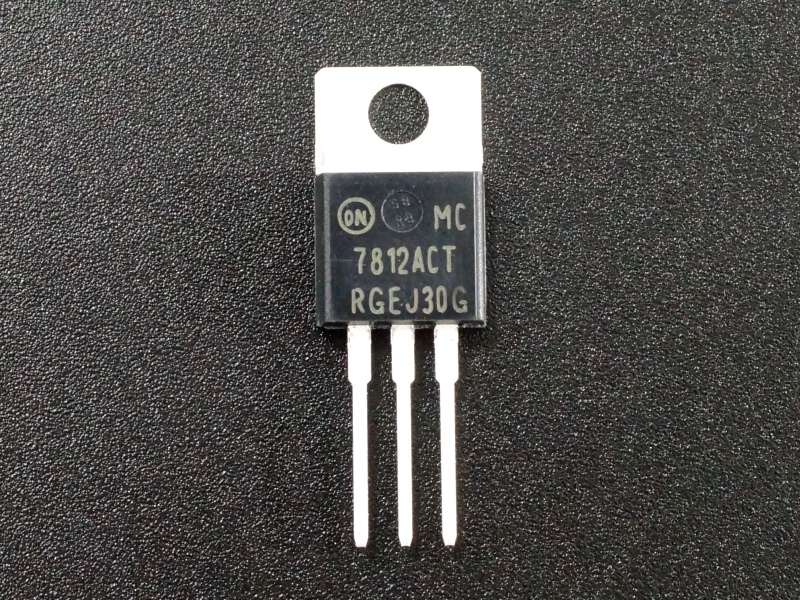Image Source: Google
When it comes to electronic devices, ensuring a stable and reliable power supply is crucial for optimal performance. Linear regulators play a vital role in maintaining the desired voltage levels and minimizing noise and fluctuations in the power supply. If you are looking for linear regulators, you can browse https://volgen-power-supplies.com/product-category/linear-regulators/.
The Basics of Linear Regulators
Linear regulators are semiconductor devices that regulate voltage by dissipating excess power as heat. They are commonly used in electronic devices to provide a stable output voltage that remains constant regardless of variations in the input voltage or load conditions. Here are some key features of linear regulators:
Key Features:
- Simple design and easy to use
- Low output noise
- High stability and accuracy
- Efficient in linear voltage regulation
Types of Linear Regulators:
- Fixed Voltage Regulators
- Adjustable Voltage Regulators
- Low Dropout Regulators (LDOs)
- Switching Regulators (Buck, Boost, and Buck-Boost)
Performance Enhancement with Linear Regulators
Linear regulators offer several benefits that can enhance the performance of electronic devices. By maintaining a stable output voltage, linear regulators can improve efficiency and reliability while minimizing noise and interference. Here are some ways linear regulators can enhance performance:
Improves Efficiency:
- Stabilizes output voltage
- Reduces power consumption
- Minimizes heat dissipation
Enhances Reliability:
- Protects against voltage spikes and surges
- Prevents damage to sensitive components
- Ensures consistent performance over time
Factors to Consider When Choosing a Linear Regulator
When selecting a linear regulator for your device, it is important to consider various factors to ensure compatibility and optimal performance. Here are some key factors to keep in mind:
Input Voltage:
- Ensure the input voltage range of the regulator matches your power source
Output Voltage and Current:
- Choose a regulator with the appropriate output voltage and current capacity for your device
Dropout Voltage:
- Consider the dropout voltage to ensure proper regulation under low input voltage conditions
Temperature Range:
- Select a regulator rated for the operating temperature range of your device
Applications of Linear Regulators
Linear regulators find wide applications in various electronic devices across different industries. From consumer electronics to industrial equipment, linear regulators play a critical role in ensuring reliable power supply. Here are some common applications of linear regulators:
Consumer Electronics:
- Mobile phones
- Laptops
- Televisions
- Audio devices
Industrial Automation:
- PLCs (Programmable Logic Controllers)
- Motion control systems
- Sensor networks
Automotive Electronics:
- Engine control units
- Infotainment systems
- LED lighting
Conclusion
Linear regulators are essential components that can significantly enhance the performance and reliability of electronic devices. By providing a stable and regulated power supply, linear regulators help to optimize efficiency, minimize noise, and protect sensitive components from voltage fluctuations. When selecting a linear regulator for your device, consider factors such as input voltage, output voltage and current, dropout voltage, and temperature range to ensure compatibility and optimal performance. Whether in consumer electronics, industrial automation, or automotive applications, linear regulators play a crucial role in powering our connected world.
